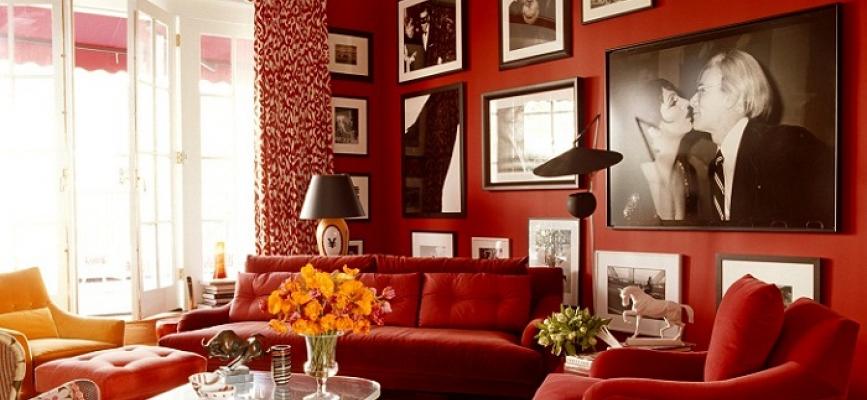
Please follow the link in the email to activate your account
Whatever design decisions you make about the interior of your home, you should know about the existence of design psychology. Colorism affects our daily feelings, health, mood, and worldview. The homeowner tends to intuitively select the tones for his room. All because people are divided into two types - those who are attracted to bright colors, and those whom they irritate. So if you really trust the designer, then you should contribute to the development of your room style.
Let's start with red. What do we know about it, except that it increases appetite and enhances libido? It is also quite aggressive, people prone to anger, it is better to use it only in details.
Another of its "relatives" is orange. The color of ripe orange in the design is used mainly in a muted form. It is able to create a warm and cozy atmosphere. Yellow tones add energy of the sun, such colors are recommended for children and other rooms.
As for the inseparable trinity - green, blue and navy blue, there is a controversy. Psychologists have concluded that in large quantities, these saturated colors (when the black pigment is added to them) can lead to depression. Their lighter tones relax and soothe. The same applies to natural shades, with stone and wood imitations being particularly popular trends.
Creating your cozy world for relaxing from work and turning it into your paradise, you should not pay tribute to the fashion of screaming colors. The seeming beauty in the photos of already designed renovations can seem deceptively attractive. However, psychologists strongly recommend using bright colors only in the form of décor and accents, placed around the perimeter. Bright colors can look out for in textiles or catch in the design of light fixtures, picture frames and other elements. If there is any doubt about how it all will look together in the hall, bedroom, kitchen or bathroom, it is better to fix ideas on paper and design the repair to detail. To make this task easier, use home design software, in which you can:
Once you have finished your project, you can view it in 3D design, and later proceed to implement your idea.
